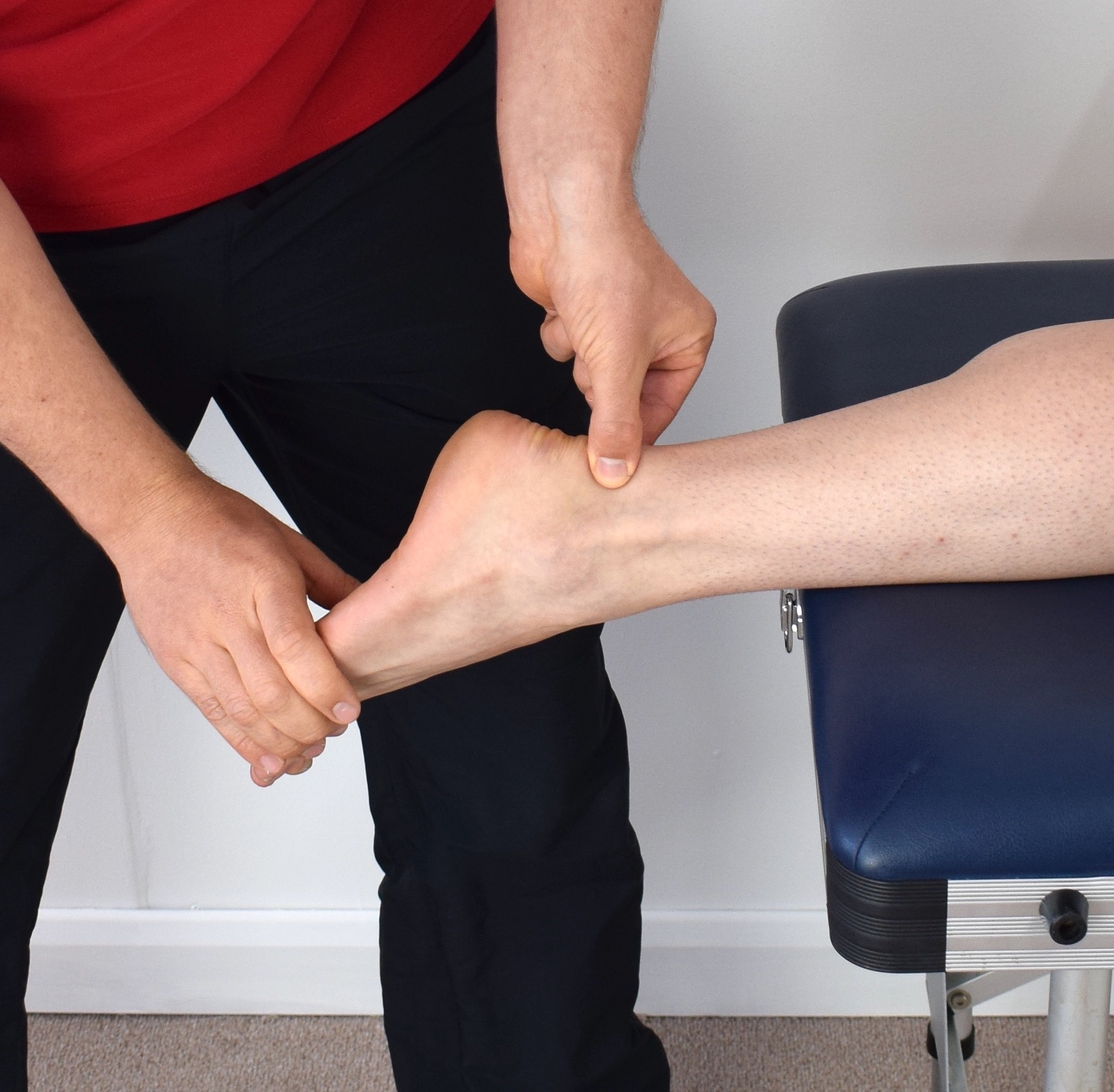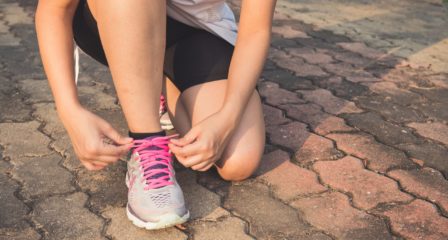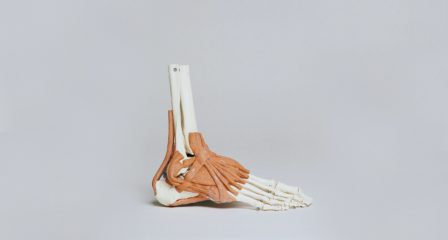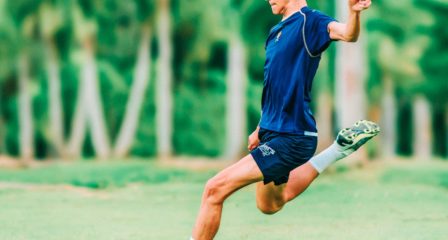Fact: A strong and healthy Achilles acts like a spring, it helps produce power when we run and reduces work done by your calf muscles.
The achilles is often seen as just the attachment of muscle to bone, but studies have shown when the calf and achilles are strong they act like a spring adding increased elasticity to your run, walk and jumping.
Fact: A scan doesn’t always tell us what we need to know about your Achilles tendon, it usually shows things irrelevant to your condition and rarely changes-even when pain resolves.
Although a scan can show the presence of tendinopathy, it fails to show pain or the level of load appropriate to the individual. It can sometimes make the injury look worse and should not be used to diagnose or treat the injury alone.
Fact: Achilles tendinopathy pain is rarely felt at the time of “injury”, it’s usually delayed by a few days to weeks, and often due to poor load management. Always have an activity plan and avoid exercise “spikes”.
Unlike other aspects of the body like muscle, ligament and bone, an injury to the tendon usually takes days to weeks to fully develop. Meaning by constantly doing too much too soon, the injury slowly evolves. This makes understanding the cause very difficult, but good load management and recovery can reduce future injuries.
Myth: I have a sore Achilles from running- I have to rest to let it recover.
Although reducing run load may be necessary, complete rest does not “fix” the injury and can actually lead to deconditioning of other muscle groups and overall fitness.
Myth: Pain in my Achilles tendon means it might snap.
Pain, although unpleasant, is rarely a sign that the tendon is weak or susceptible to “snapping”. Pain is likely due to the overload and local tissue response telling us we have done too much.
Myth: Exercise will further damage my painful Achilles tendon.
Tendons are designed to be moved, loaded and stretched with all types of exercise. The level of load and exercise is crucial with pain the next day or after exercise the best indicator on appropriate dosage.



